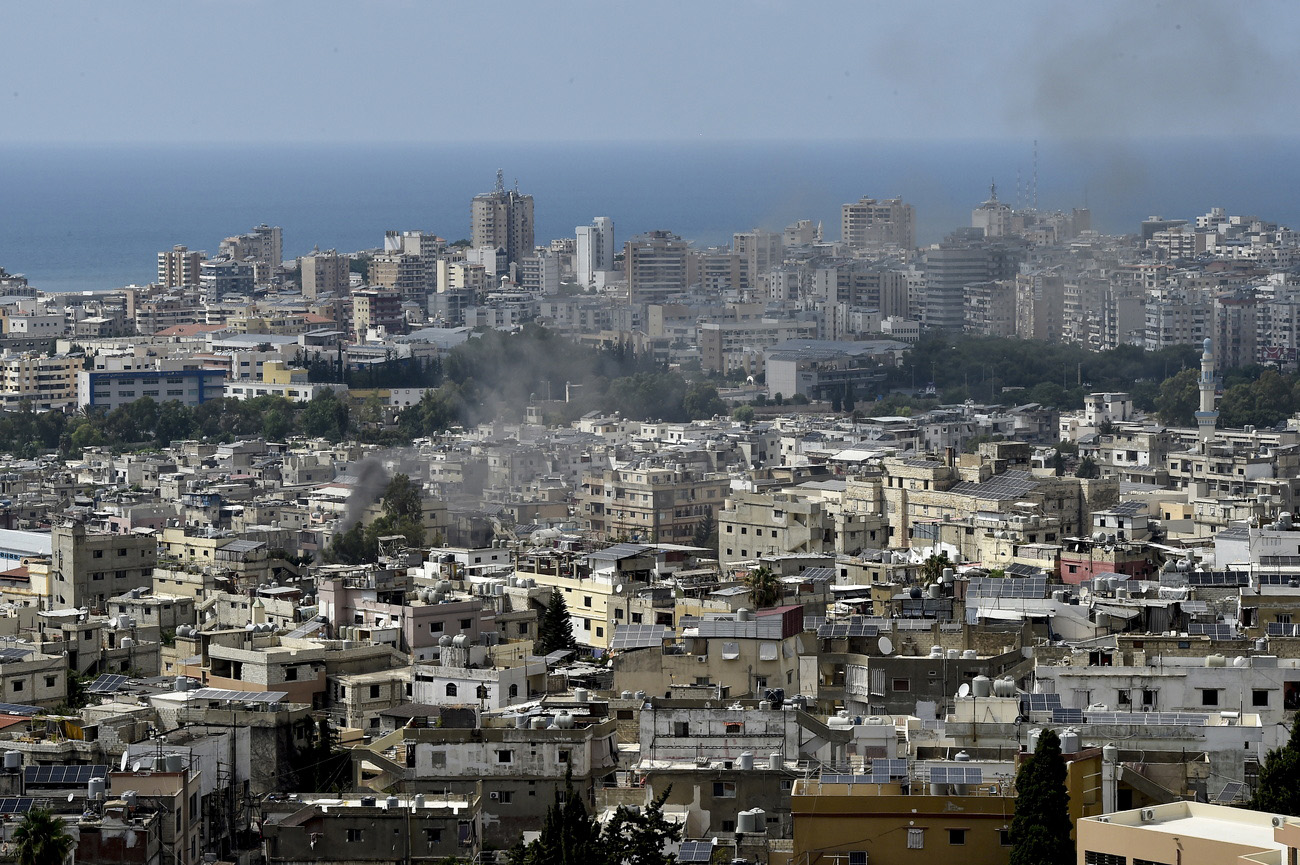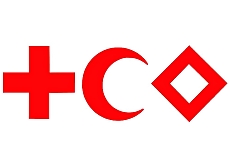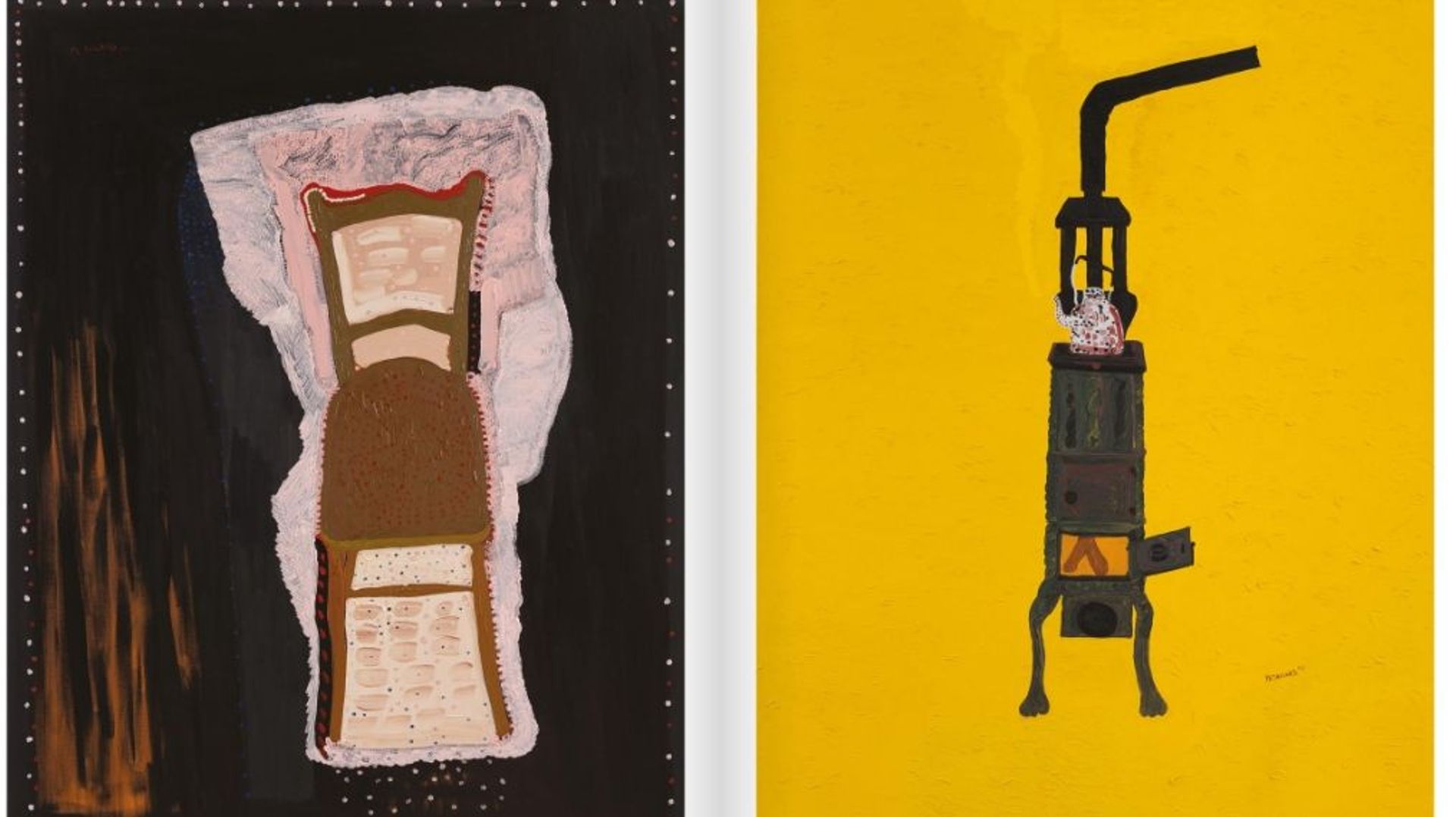
Calmy-Rey calls for unity on Red Cross emblem

The Swiss foreign minister has opened a conference in Geneva on a new emblem for the Red Cross movement with an appeal for nations to "rise to the challenge".
The two-day meeting attended by representatives from the 192 signatory states to the Geneva Conventions is the result of tightrope diplomacy by Switzerland.
Opening the diplomatic conference on Monday, Micheline Calmy-Rey spoke of the need for a third humanitarian symbol – the so-called “red crystal” – that was free of all national, political or religious connotation.
She said that misinterpretation of the two emblems currently in use – the red cross and the red crescent – had too often in recent years led to the deaths of medical staff and aid workers.
“The third additional protocol will allow the movement to move closer to its goal of universality and strengthen protection for the victims of war,” she said.
“We are all being called upon to rise to the challenge and to recognise what is at stake here for humanitarian law and the International Red Cross and Red Crescent Movement.”
She added that the task of finding a solution to the long-standing emblem issue was a “great honour but also a heavy responsibility” for Switzerland, which is the depositary state of the Geneva Conventions.
Approval of the red crystal moved a step closer last week when the Israeli and Palestinian emergency services signed a groundbreaking cooperation agreement.
The accord, brokered by the Swiss foreign ministry, cleared the way for a deal at this week’s diplomatic conference.
A successful outcome in Geneva would mark the end of months of delicate shuttle diplomacy by the Swiss to resolve what Calmy-Rey described last week as a “century-old controversy”.
Red crystal
Speaking on Monday, Jakob Kellenberger, president of the International Committee of the Red Cross (ICRC), thanked Switzerland for its “strong commitment” on the issue.
He stressed the “exclusively humanitarian nature” of a third additional emblem and urged nations to take a decisive step towards universality of the movement.
Under the change, countries would be able to place their own symbols inside the red crystal, as long as they have been in use for some time.
This would open the door for Israel’s Magen David Adom (MDA) to finally join the International Red Cross and Red Crescent Movement after more than 50 years.
The Israeli emergency service refuses to use either of the two globally recognised symbols, opting instead for a red Star of David.
Arab opposition
Arab countries have previously resisted any attempt to accommodate the Israelis within the international movement.
But last week’s recognition by Israel of the Palestine Red Crescent Society and the improved situation in the occupied territories has led to a softening of their stance.
Calmy-Rey said on Monday that negotiations were still continuing to reach an accord between MDA and the Red Crescent Society of Syria over access to the Israeli-occupied Golan Heights.
But Bashar Al-Jaafari, Syria’s ambassador to the United Nations in Geneva, denied that talks were taking place. However, the Syrians said they hoped “the good offices of Switzerland would enable an acceptable solution to be found”.
Apparent lack of progress on the issue represents a potential spanner in the works for the Swiss, who are anxious to have the new emblem adopted by consensus rather than be put to a vote.
Middle East
The Swiss foreign minister travelled to the Middle East in October to try to shore up support for the new emblem and mediate between the Palestinians and the Israelis.
A previous attempt by the Swiss in 2000 to resolve the issue of a third emblem foundered following the outbreak of the second Palestinian Intifada.
In the same year the American Red Cross stopped its contributions to the Geneva-based International Federation of Red Cross and Red Crescent Societies (IFRC) in protest at the continued isolation of MDA. This amounts to $35 million (SFr46 million) in lost revenue for the IFRC.
Devorah Goldberg, spokeswoman for the American Red Cross, said the organisation was unlikely to review its position until MDA had been granted membership.
Speaking ahead of the conference, the Swiss-run ICRC said it was optimistic that the additional protocol to the Geneva Conventions, incorporating the red crystal, would be passed.
“This is very much a matter for the states, but from our perspective the signs have been positive since September,” ICRC spokesman Ian Piper told swissinfo. “But it’s not a done deal until it’s signed.”
Representatives from 123 countries participated in informal discussions in Geneva in September, paving the way for this week’s diplomatic conference.
swissinfo, Adam Beaumont in Geneva
The Swiss-run ICRC was founded in 1863.
It assists victims of war and armed violence.
The Geneva-based IFRC was founded in 1919.
It coordinates disaster relief by the national societies.
Together they form the International Red Cross and Red Crescent Movement.
The red cross emblem, which was officially approved in 1864, is based on the Swiss flag with the colours reversed.
The red crescent was adopted during the war between Russia and the Ottoman Empire (1876-1878). It is based on the Turkish flag, with the colours switched.
Some countries, such as Israel, have found it difficult to use either of the emblems. Hence the move to adopt an additional symbol that is free of any national, cultural, religious, political or ethnic connotations.

In compliance with the JTI standards
More: SWI swissinfo.ch certified by the Journalism Trust Initiative
















![The four-metre-long painting "Sonntag der Bergbauern" [Sunday of the Mountain Farmers, 1923-24/26] had to be removed by a crane from the German Chancellery in Berlin for the exhibition in Bern.](https://www.swissinfo.ch/content/wp-content/uploads/sites/13/2025/12/01_Pressebild_KirchnerxKirchner.jpg?ver=bb19e376)














You can find an overview of ongoing debates with our journalists here . Please join us!
If you want to start a conversation about a topic raised in this article or want to report factual errors, email us at english@swissinfo.ch.